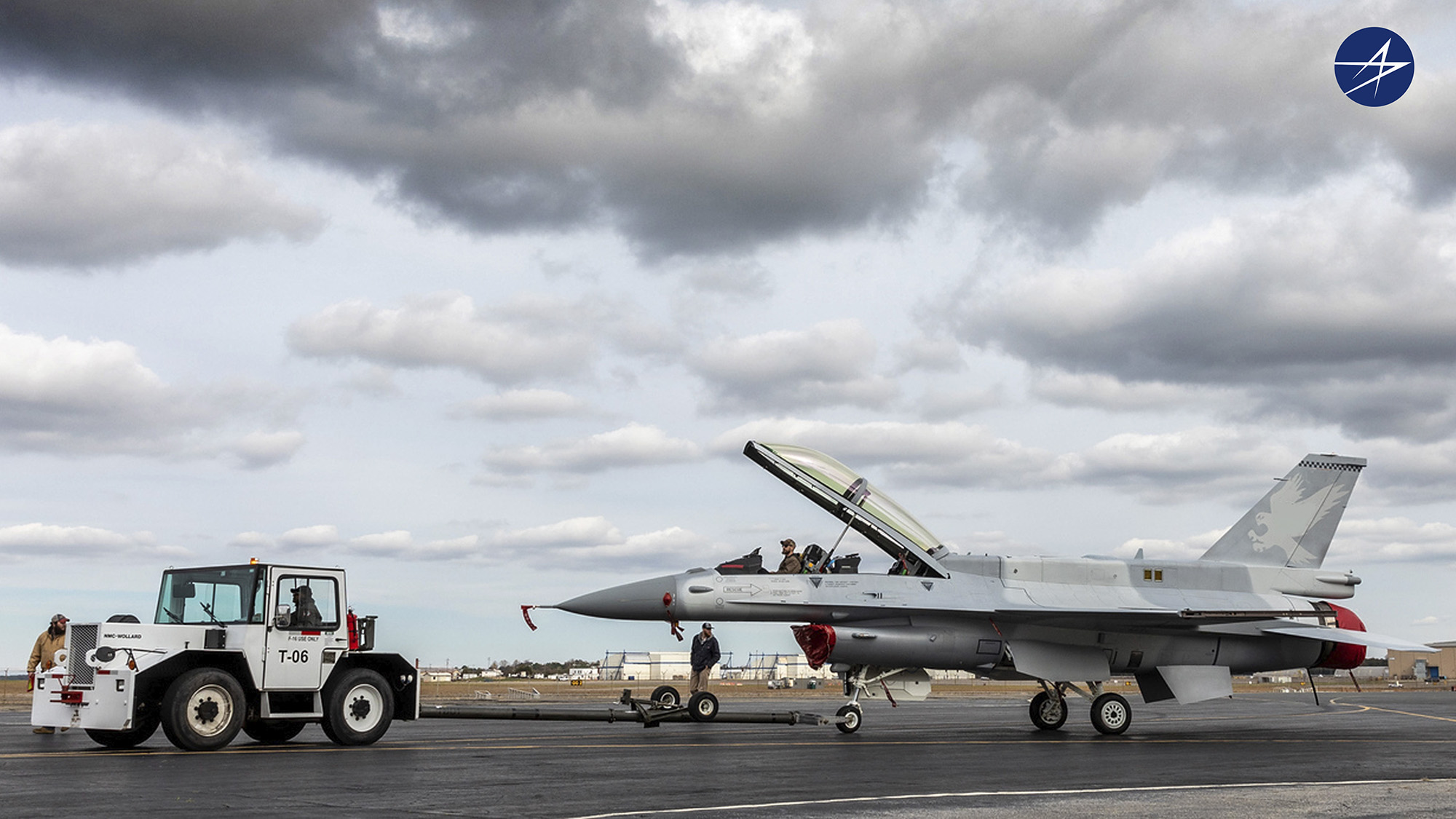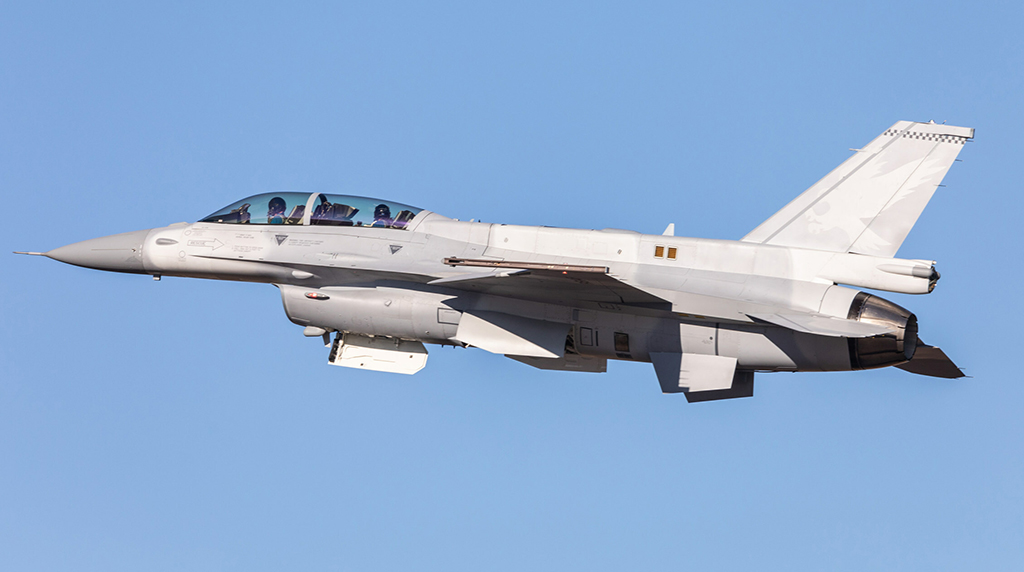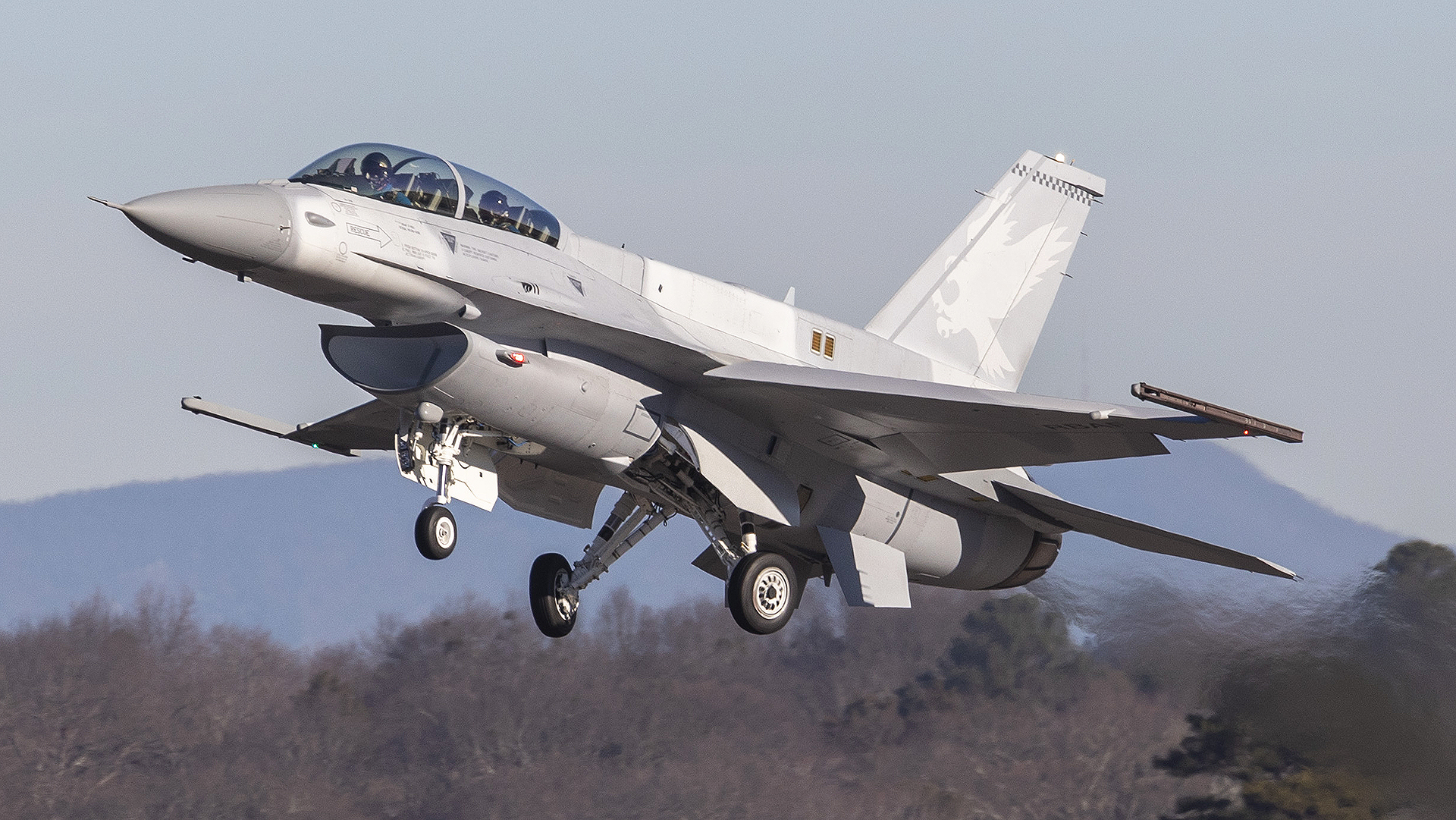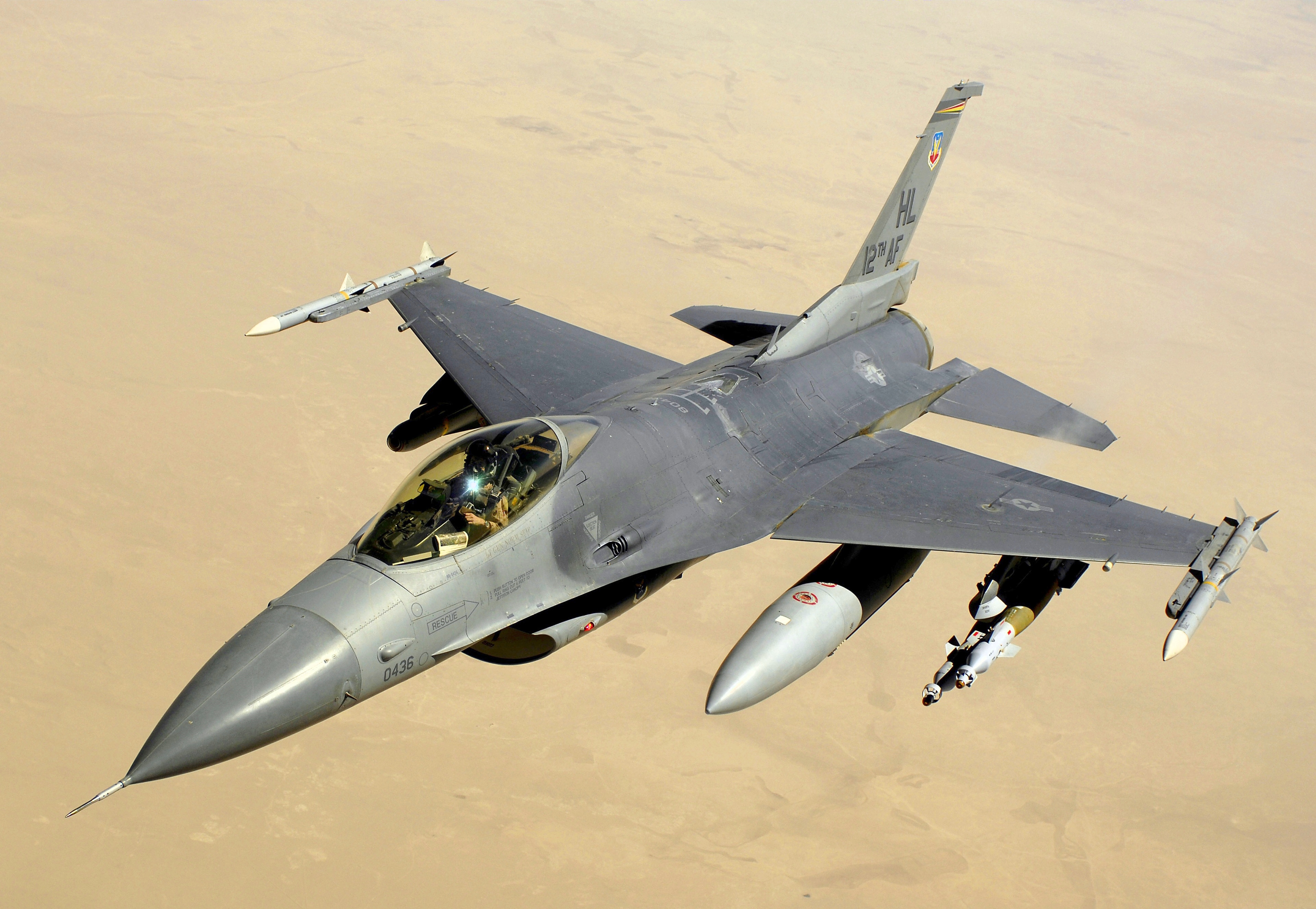The aviation world is abuzz with excitement as the first F-16 Block 70, the most advanced version of the legendary fighter jet, takes to the skies. With cutting-edge technology, enhanced capabilities, and a proven combat record, the F-16 Block 70 represents a significant leap forward in the world of military aviation, promising to shape the future of air combat for decades to come.

The Evolution of an Icon
The F-16 Fighting Falcon has been a mainstay in the arsenals of air forces around the globe for over 40 years. Known for its agility, versatility, and combat effectiveness, the F-16 has been continually upgraded to meet the ever-evolving demands of modern warfare. The introduction of the F-16 Block 70 marks the latest and most significant upgrade to date, combining the time-tested design of the original F-16 with state-of-the-art technology.
What Sets the Block 70 Apart?
The F-16 Block 70 is not just an upgrade; it’s a transformation. This variant boasts an array of advanced features that enhance its performance, survivability, and versatility on the battlefield. Among the key upgrades are the advanced APG-83 Active Electronically Scanned Array (AESA) radar, which provides superior target detection and tracking, as well as the ability to engage multiple targets simultaneously. This radar system is a game-changer, offering pilots unprecedented situational awareness.
In addition to the radar, the Block 70 is equipped with advanced avionics, a new electronic warfare suite, and a state-of-the-art cockpit that enhances pilot efficiency and safety. The aircraft also features structural improvements that extend its service life, making it a long-term investment for air forces around the world.

Global Demand and Strategic Partnerships
The F-16 Block 70 has garnered significant interest from nations seeking to bolster their air defense capabilities. Lockheed Martin, the manufacturer of the F-16, has secured orders from several countries, including Bahrain, Slovakia, and Bulgaria, among others. These nations recognize the value of acquiring an aircraft that offers the perfect balance of performance, cost-effectiveness, and technological superiority.
Furthermore, the production of the F-16 Block 70 has fostered strategic partnerships around the globe. Lockheed Martin’s collaboration with local industries in various countries has not only boosted the production capacity but also strengthened international defense ties. For example, the establishment of a new production line in Greenville, South Carolina, underscores the global nature of the F-16 program, as parts and systems from around the world come together to create this advanced fighter.

The First Flight: A Milestone Moment
The first flight of the F-16 Block 70 was a momentous occasion, marking the culmination of years of development, testing, and refinement. As the aircraft roared into the sky, it showcased its enhanced capabilities in a series of aerial maneuvers that highlighted its agility, speed, and advanced systems. The successful flight was a testament to the expertise and dedication of the engineers, pilots, and technicians who worked tirelessly to bring this aircraft to life.
Looking Ahead: The Future of Air Combat
The introduction of the F-16 Block 70 comes at a time when global security challenges are increasingly complex and unpredictable. With its advanced capabilities, the Block 70 is well-suited to meet these challenges, providing air forces with a flexible and powerful tool for maintaining air superiority, conducting precision strikes, and supporting ground operations.
As more nations take delivery of the F-16 Block 70, its impact on global security is expected to be profound. The aircraft’s combination of proven reliability and cutting-edge technology ensures that it will remain a key player in air combat for years to come. Moreover, the Block 70’s modular design allows for future upgrades, ensuring that it can adapt to new threats and technologies as they emerge.

A Legacy Reinforced
The F-16 Fighting Falcon has long been a symbol of air power and technological innovation. With the introduction of the Block 70, that legacy is not only preserved but significantly enhanced. As the first of these advanced aircraft takes flight, it heralds a new era in fighter aviation—one where the F-16 continues to soar, meeting the challenges of tomorrow’s battlefields with the same determination and success that has defined its storied past.
In the skies above, the F-16 Block 70 stands as a testament to the enduring power of innovation, a reminder that even the most iconic aircraft can evolve to meet the demands of a new era. The future of air combat has arrived, and it looks more formidable than ever.





